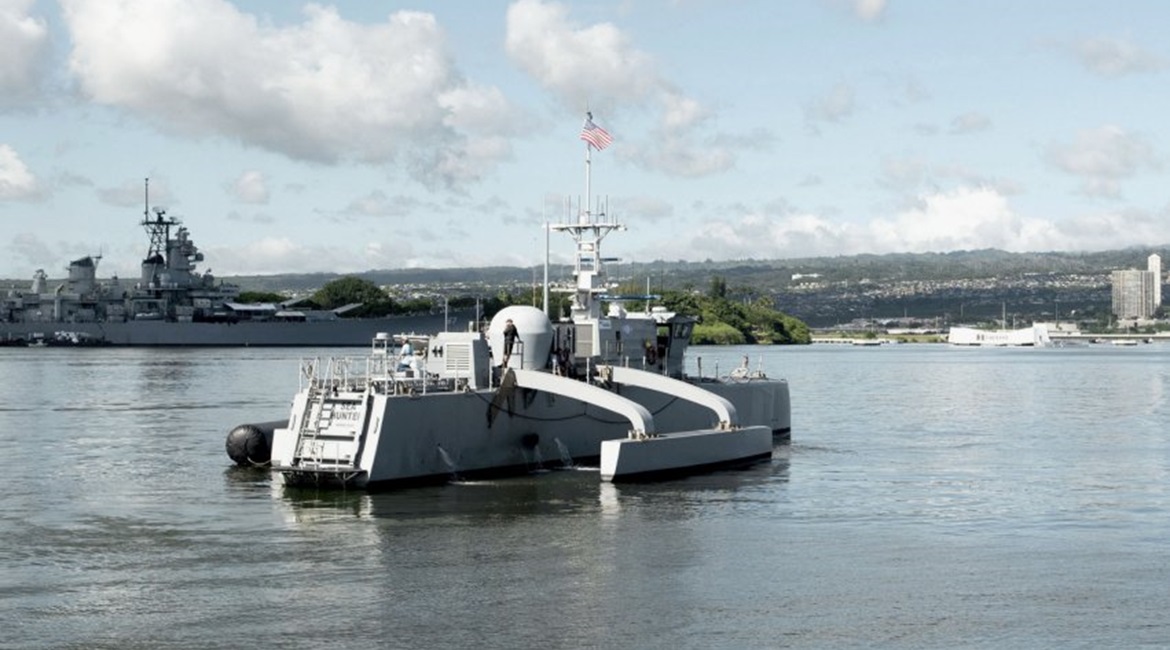
While most US defence analysts say it is likely Congress will reinstate budget funding to refuel and overhaul the aircraft carrier USS Harry S. Truman (CVN 75) and reverse a US Navy (USN) decision to retire the ship early, there is a growing consensus that US lawmakers and the USN are moving away from the large-warship mentality that has coloured the service’s operational concepts for decades.
The USN and lawmakers both appear to be backing away from larger surface combatant programmes that seemed bulletproof in previous years, analysts note. At the same time, the service and members of Congress have begun to embrace smaller warships and unmanned platforms, shifting funds and resources to those programmes for coming fiscal years.
“There’s a lot of interest, among a lot of members, especially those in the armed service committees, of moving in the direction of these unmanned systems and incorporating them into the fleet,” Eric Labs, senior analyst for naval forces and weapons for the Congressional Budget Office (CBO), said 15 April during a naval budget panel discussion at the Heritage Foundation. “There’s very much a receptive audience.”
One of the driving factors in the shift in lawmakers’ thinking is the greater operating and sustaining (O&S) costs associated with maintaining those larger legacy warships.
“The amount of money [needed] to sustain a larger fleet of larger vessels is just not going to be achievable in the out years,” said Bryan Clark, senior fellow and military analyst at the Center for Strategic and Budgetary Assessment think tank.
“You’re going to have a hard time ringing out O&S savings out of ships already out operating,” Bryan McGrath, managing director of the FerryBridge Group, said during the panel discussion.

Looking to read the full article?
Gain unlimited access to Janes news and more...




